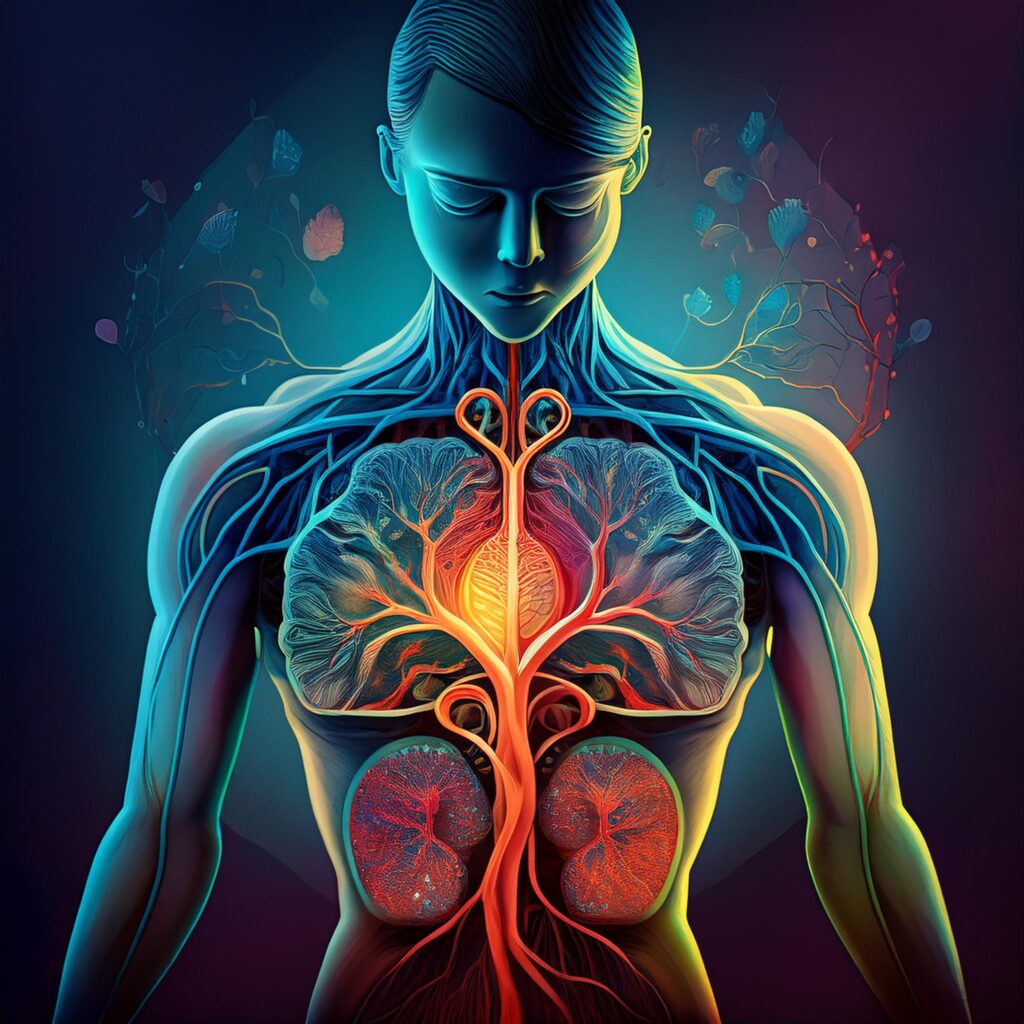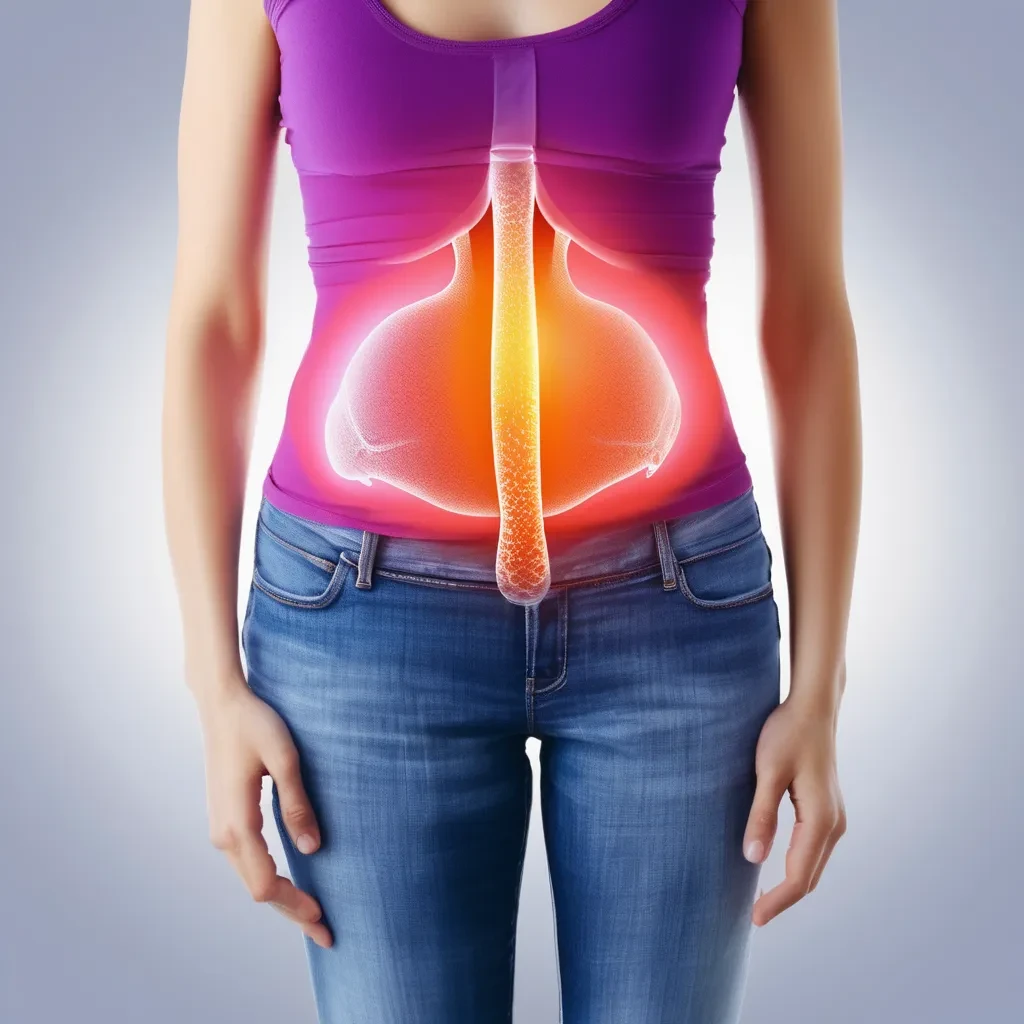
Adenomyosis is that condition which causes pain and otherwise affects the uterus, thereby affecting the quality of life among women. Though it shares a lot of similarities with yet another uterine condition-like endometriosis and fibroids, adenomyosis has different characteristics and hence presents differently. Heavy periods, pain in the pelvic region or other similar symptoms require an understanding about adenomyosis, how diagnosis and treatment can be best done.
In this blog post, we are going to explain what adenomyosis is, what causes it, what to look out for in symptoms, how to diagnose, and what your treatment options are.
1. What is Adenomyosis?
Adenomyosis is a condition in which the inside lining of the uterus, also known as the endometrium, begins to grow into the muscular wall of the uterus. The endometrial tissue behaves as it normally would in your menstrual cycle: thickens, breaks down, and bleeds. However, because this is located within the uterine muscle, this can cause inflammation, pain, and an enlarged uterus.
Although adenomyosis is not fatal to life, it creates a lot of discomfort and interferes with the life of a woman. It can also affect fertility.
2. Causes of Adenomyosis
The cause of adenomyosis is not well known; however, there are some contributing factors to its development:
2.1. Hormonal Changes
Estrogen, that hormone which maintains the menstrual cycle, is most likely implicated in the disease process of adenomyosis. Studies suggest that estrogen levels are high enough to promote growth within the uterine wall.
2.3. Pregnancy and Childbirth
Adenomyosis is more common in women who have had more than one pregnancy or cesarean section. It is believed that uterine muscle gets damaged during the delivery process thus allowing invasion of endometrial tissue to deeper layers.
2.4. Age Factor
Most cases of adenomyosis are diagnosed in women within the age range of 40-50 years. The age might be a transition period to menopause and is linked with hormonal changes.
2.5. Uterine Surgery
History of surgeries on the uterus in the past, including C-section and dilatation and curettage (D&C) may offer an opportunity for the individual to develop adenomyosis. During the surgical procedure, the endometrial tissues become implanted in the muscular layer, therefore, a higher risk is linked with the history of the above-mentioned surgeries.
2.6. Genetics
Recent studies indicate that genetics have a possible link with this disease because it can be easily observed that relatives of these patients also exhibit the disease
3. Adenomyosis Symptoms
Each woman suffering from adenomyosis may experience different symptoms. In most cases, the bleeding and pain are severe, but some women have been able to experience mild symptoms.The common symptoms include-
3.1. Heavy Menstrual Bleeding (Menorrhagia)
The most common symptom of adenomyosis is **heavy or prolonged menstrual bleeding**. Some women may have longer periods than usual, often accompanied by a heavier flow. This may sometimes cause anemia through blood loss.
3.2. Severe Pelvic Pain
Many women with adenomyosis report increased pelvic pain that could even be a part of the condition or increases gradually day to day. The pains become, in some women dull, cramp-like, or sharp.
3.3. Dysmenorrhea refers to painful periods
There is a disease that is known as adenomyosis that causes much more severe symptoms even until heavy periods. A woman with an adenomyosis will realize that she suffers from dysmenorrhea that worsens with time. Although she feels pain during a period, for most women, pain may be felt between a period.
3.4. Larger Uterus
The uterus enlarges and, in most women, contributes to fullness or even a bloated appearance to the lower abdomen that is often appreciated on pelvic examination or ultrasound.
3.5. Pain During Coitus (Dyspareunia):
Most patients with adenomyosis develop pain during coitus, particularly deep coitus. It may severely impact quality of life as well as sexual health of women.
3.6. Infertility
Although it is infrequent, adenomyosis has also been associated with infertility. Individuals with more severe grades of the disease are likely to conceive more easily but whether adenomyosis is associated with infertility is not well known.
3.7. Fatigue
Heavy bleeding and pain may make a person feel unwell and tired. The blood lost during heavy menstruation results in anemia, that is what explains the feelings of tiredness and weakness.
Of great notice is the fact that some women, who have this condition known as adenomyosis, feel no symptom whatsoever. On other instances, the symptoms could be varied in intensity. If you undergo any or all of the symptoms aforementioned, it is best advised that you go to see your healthcare provider to weigh the cause.
4. How is Adenomyosis Diagnosed?
Adenomyosis can be diagnosed by using several methods.
Adenomyosis is not a very easy condition to diagnose, especially since the symptoms resemble so many other diseases, including endometriosis, fibroids, or pelvic inflammatory disease. Still, there are a number of diagnostic tools and techniques that can help doctors establish whether, indeed, there is adenomyosis in the body of a woman:
4.1. Pelvic Exam
Your doctor may feel an enlarged or tender uterus during a routine pelvic examination. Although one cannot diagnose adenomyosis with a pelvic examination alone, it does raise suspicion for further diagnostic workup.
4.2. Ultrasound
An ultrasound is probably one of the most commonly used and non-invasive scanning procedures to view the uterus. It may therefore prove useful in observing both size and shape and manifestation such as an enlarged uterus or cystic.
4.3. MRI
An MRI is the most accurate diagnosis of adenomyosis. They can provide the most detailed images of the uterus and even advise the doctors on the extent of the adenomyosis so that they can visualize the thickening or altered uterine walls.
4.4. Biopsy
In a few cases, biopsy is performed to affirm the status of adenomyosis. This is achieved by the removal of a small tissue portion taken from the uterus which is then submitted for further laboratory examination. However this is rarely carried out since the MRI and ultrasound studies were already found to be relatively adequate for this.
Adenomyosis is another benign disease without a known cure. Symptoms can be treated but that’s as far as it goes. What kind of treatment is appropriate will depend on the severity with which she feels the symptoms and her age and reproductive plans and health in general.
5.5. Treatment for Adenomyosis
There is no cure for adenomyosis, but several treatment options are available to manage the symptoms. The appropriate treatment depends on the severity of the symptoms, the woman’s age, her reproductive plans, and overall health.
5.1. Medications
Relieving Pain: Over-the-counter pain relievers, such as ibuprofen or acetaminophen, can help alleviate the discomfort caused by adenomyosis. If the pain is severe, your doctor will prescribe stronger medications.
5.2. Hormonal Therapy
Hormonal therapies help regulate menstrual cycles to minimize heavy bleeding and pain. Common choices include:
5.2.1. Birth Control Pills
They can be used for the regulation of heavy bleeding and for regularizing menstrual cycles.
5.2.2. Progestin IUD
This is a small T-shaped device inserted in the uterus that emits progestin to minimize heavy bleeding and alleviate pain.
5.2.3. Hormonal Injections
Injectable hormones, such as depot medroxyprogesterone acetate, Depo-Provera, reduce bleeding and alleviate symptoms.
5.3. Uterine Artery Embolization (UAE)
For women who have fibroids or large areas of adenomyosis, a procedure known as uterine artery embolization may be recommended. This procedure blocks the blood supply to the affected areas, causing the tissue to shrink and symptoms to improve.
5.4. Endometrial Ablation
In some cases, endometrial ablation, a procedure that destroys the uterine lining, may be recommended. This can help control heavy bleeding but may not be suitable for women who wish to have children in the future.
5.5. Hysterectomy
In some extreme cases, if symptoms are bad, or other treatments do not provide a desired outcome, hysterectomy-removal of the uterus might be suggested as the last measure. The effect is permanent, thus terminating the possibility of further pregnancies. It is not advisable unless the woman is a postmenopausal, childbearing period or suffers from severe symptoms.
5.6. Lifestyle Changes
Eating a balanced diet, exercise, and the management of stress can help support an overall improvement in health while also probably reducing some symptoms. Staying hydrated and avoiding overindulgence in alcohol or caffeine is equally important as these could sometimes trigger worsening symptoms.
6. Living with Adenomyosis
Living with adenomyosis can be very challenging, but most women are able to cope with the symptoms if they receive the proper treatment and support. If you experience symptoms, you should consult your healthcare provider for proper diagnosis and the best course of treatment in your case. Support from family, friends, or support groups can also make a big difference in coping with the condition.
Conclusion
Adenomyosis is a medical condition that really affects a woman’s lifestyle, causing pain, heavy menstrual bleeding, and emotional upsets. Even though it is not possible to ascertain the cause, knowing how to manage it can benefit women in living their best lives. If you suspect adenomyosis or symptoms related to it, talk to a healthcare professional about what needs to be done. With proper diagnosis and treatment, many women can find relief and continue living lives full of confidence and vitality.

Mr. Suhas Dadarao Avhad
Author and CEO (www.usahealthy.net)

